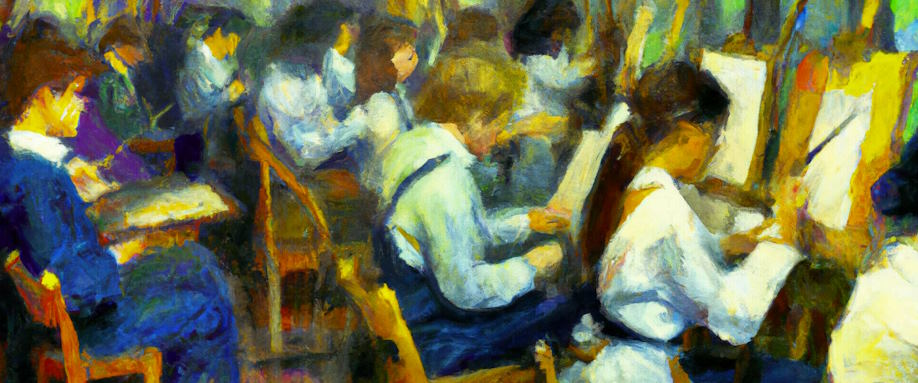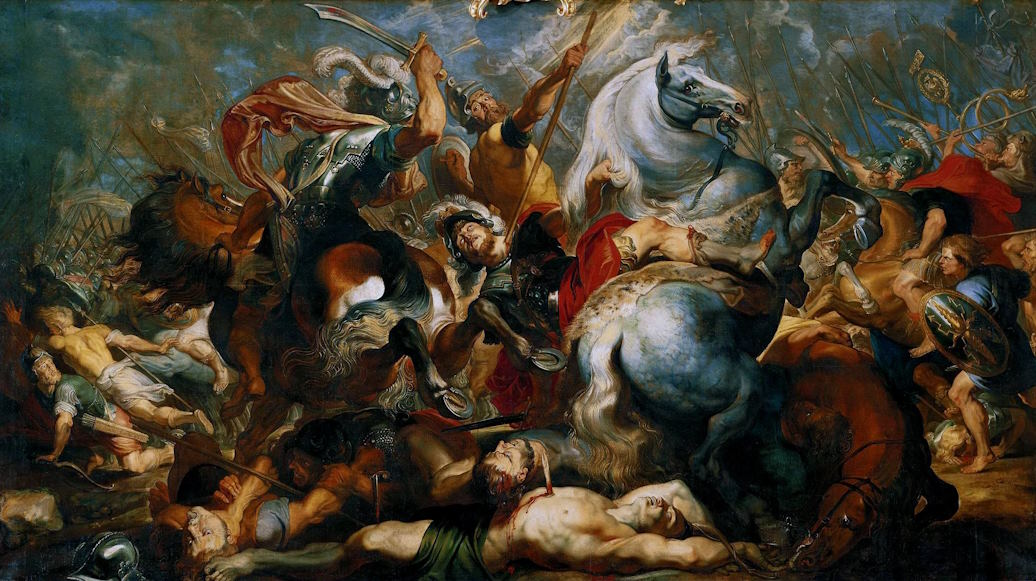Ever wondered what made Italian Renaissance art so mesmerizing? It’s like these artists were able to capture a slice of the divine and put it on canvas or marble! Picture yourself standing in front of one of Michelangelo’s sculptures or da Vinci’s paintings—what makes them seem so alive and full of depth?
The Secret of Sfumato: Blurring the Lines
Let’s start with a technique that’s like a masterful game of hide-and-seek—sfumato. This technique, which Leonardo da Vinci perfected, involves blending colors and tones so seamlessly that there are no harsh lines or edges. Picture a foggy morning where everything looks soft and dreamlike. That’s what sfumato does on canvas.
How It Works
Sfumato creates a gradual transition between colors and tones. Instead of sharp boundaries, the colors blend into each other, creating a sense of depth and realism. It’s like blending the edges of a drawing with a smudging tool to make it look more natural.
Famous Example
Take a look at Leonardo da Vinci’s Mona Lisa. Her enigmatic smile and soft facial features are perfect examples of sfumato. The way her face seems to gently emerge from the shadows and light is thanks to this subtle technique.

Chiaroscuro: The Play of Light and Dark
Next up is chiaroscuro, which is Italian for “light-dark.” This technique uses stark contrasts between light and dark to create a dramatic effect and highlight certain aspects of a scene. It’s a bit like the way stage lights work in a theater, focusing attention and adding drama.
How It Works
Chiaroscuro adds depth and volume to a painting by creating strong contrasts between light and shadow. Think of it like spotlighting a subject in a dark room—everything else fades into the background, making the subject pop.
Famous Example
Look at Caravaggio’s The Calling of Saint Matthew. The intense light that illuminates the characters against a dark background draws your eye right to the central moment of the scene. It’s a visual technique that makes you feel like you’re part of the action.
Foreshortening: Creating Depth on a Flat Surface
Have you ever looked down a long hallway and noticed how the walls seem to get narrower as they stretch into the distance? That’s foreshortening—a technique used to create the illusion of depth and perspective on a flat surface.
How It Works
Foreshortening involves drawing or painting objects so they appear to recede into space. It’s a way to trick the eye into seeing depth on a two-dimensional plane, much like how a road or a railway track seems to narrow the further it goes.
Famous Example
Michelangelo’s The Creation of Adam showcases foreshortening beautifully. Adam’s outstretched hand seems to reach out towards God’s, creating a sense of space and connection that feels almost tangible.

Perspective: The Illusion of Space
Let’s move on to perspective, a technique that creates the illusion of three-dimensional space on a flat surface. Imagine you’re drawing a road that appears to get narrower as it stretches into the distance. That’s the magic of perspective at work.
How It Works
Perspective uses mathematical principles to depict spatial relationships. It’s like following a set of guidelines to draw a scene that looks realistic and immersive, as if you could step right into it.
Famous Example
Raphael’s The School of Athens is a perfect example of perspective. The way the architecture leads the eye towards the central vanishing point makes the scene look like you could walk right into the gathering of philosophers.
Contrapposto: The Art of Natural Movement
Have you ever noticed how people naturally shift their weight from one leg to another when they stand? This natural stance is captured in art through the technique known as contrapposto.
How It Works
Contrapposto involves positioning a figure so that its weight is balanced on one leg, creating a relaxed and natural pose. It’s like how you might shift your weight while waiting in line or standing for a photo.
Famous Example
Michelangelo’s David is a classic example of contrapposto. David’s relaxed stance contrasts with the tense moment of the story he’s about to face, capturing both physical and emotional balance.

